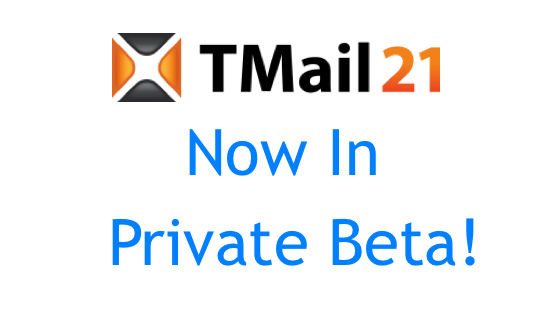Our Private Beta Is Here
We are so excited to launch our private beta, and hope you join us in our quest to redefine the way we collaborate, communicate, and cooperate. Haven’t signed up for the beta? Click Here to quickly request an account! As a thank you for participating in our beta, we’re giving away a free 3 Month trial of our Pro Plan, which gives mid to large-sized teams great flexibility and personalization options.
TMail was founded with one mission: Taming your inbox! We’re tired of having to sift through email after email just to find that lost attachment. We’re frustrated with the seemingly endless inflow of mail, and an inbox backed up by the thousands. But we’re not setting out to kill our communication companion. We’re coming up with ways to fix Email’s pitfalls while enhancing it’s strengths at the same time.








